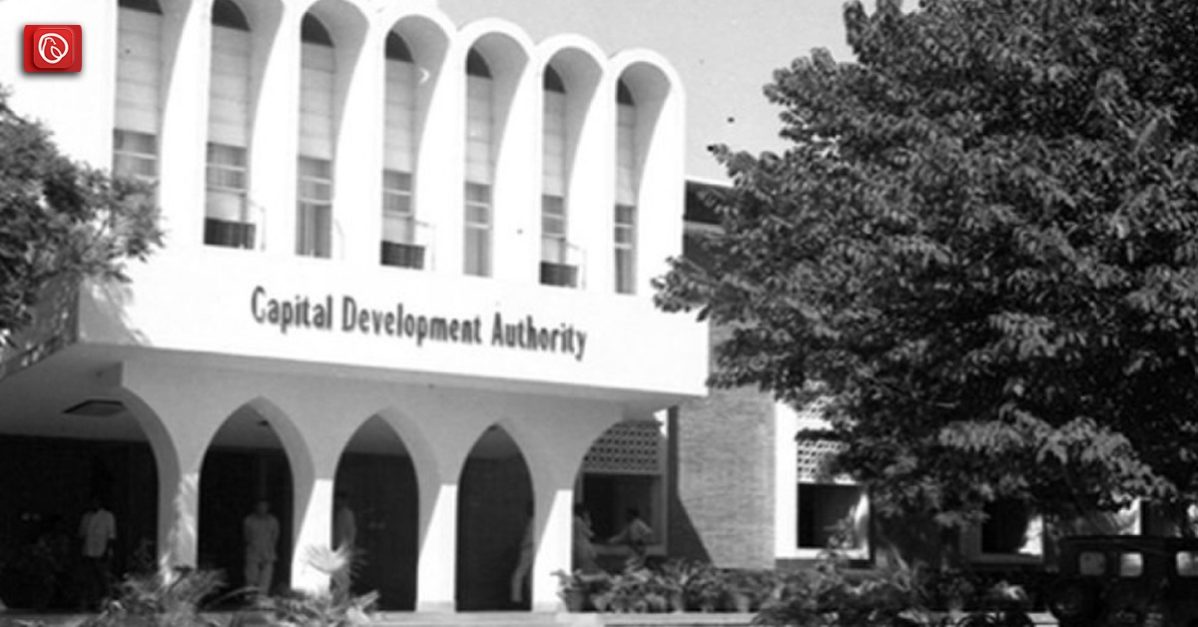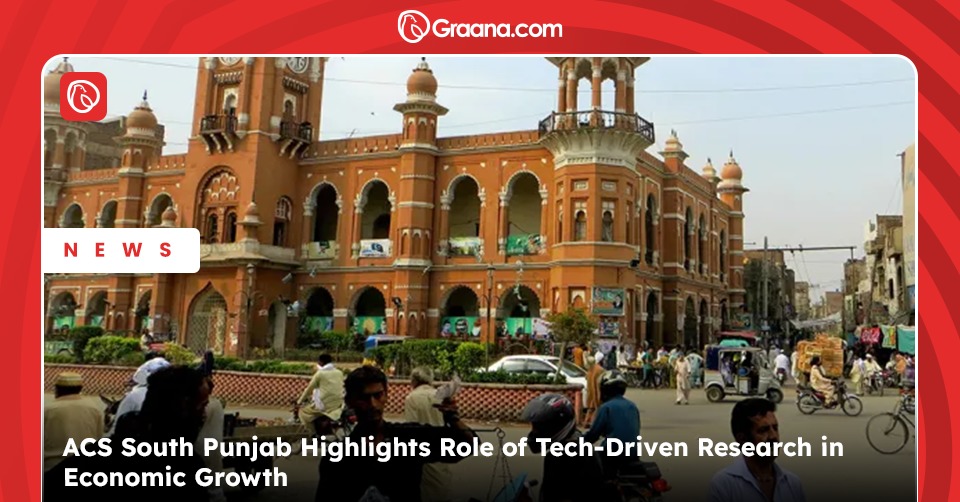The Capital Development Authority (CDA) is the orchestrator behind Islamabad’s urban evolution, forging a unique identity that blends modernity with sustainability. From its inception to its present, the CDA’s dedication to strategic planning, environmental consciousness, and community welfare has shaped Islamabad into a city that resonates with purpose and progress.
This exploration delves into the core of CDA’s role, tracing its origins, responsibilities, milestones, and the pivotal influence it wields in moulding the narrative of Islamabad’s past, present, and promising future. In this blog, Graana.com will explore the role of CDA and its role in the development of different projects in the capital city.
History of CDA: Pioneering Islamabad’s Purposeful Formation
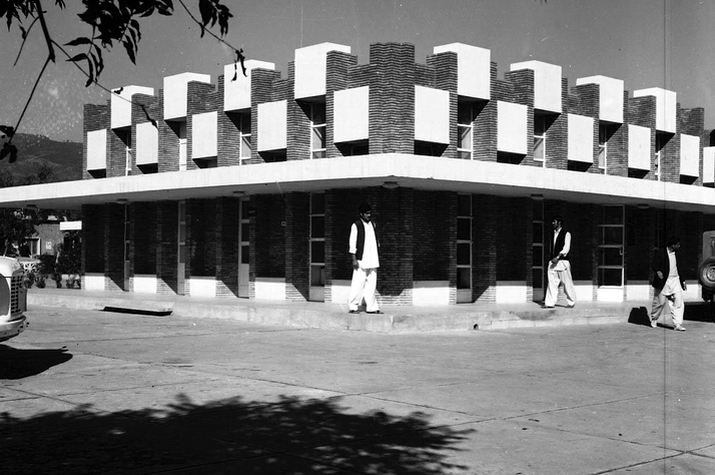
Amidst the eventful creation of Pakistan, a distinctive national capital became an imperative need. The inception of a conscious political identity intersected with the realisation that Karachi, the de facto capital, grappled with multifaceted pressures. Karachi’s inadequacies in terms of climate, tradition, and infrastructure prompted the quest for a purpose-built capital.
The layout of Karachi, a port city, proved unsuitable for the role of a modern capital, exacerbated by the influx of refugees intensifying existing challenges. The remedy lay in a new capital, meticulously planned to align with governmental prerequisites. After extensive research, the location adjacent to Rawalpindi was selected, giving rise to Islamabad: The City of Islam, The Land of the Pure.
The CDA Ordinance 1960: A Framework for Development
The establishment of the CDA was formalised through the CDA Ordinance 1960. This ordinance provided a legal framework for the authority’s functioning, defining its powers, duties, functions, and responsibilities. Initially established by an executive order on June 24, 1960, titled the Pakistan Capital Regulation, the CDA Ordinance was later issued on June 27, 1960, outlining the authority’s mandate.
The primary objective of the CDA Ordinance is twofold: firstly, the planning and development of the capital city, Islamabad; and secondly, empowering the Capital Development Authority to function as a Municipal Committee, thereby providing for cleanliness, health, education of inhabitants, and the supply of goods. It also seeks to promote the interests of various sections of the public, emphasising the advancement of the common good.
As a statutory body, the Capital Development Authority is expected to operate with transparency, fairness, and honesty, conducting its actions in the best interest of the public it serves.
Responsibilities and Services of CDA
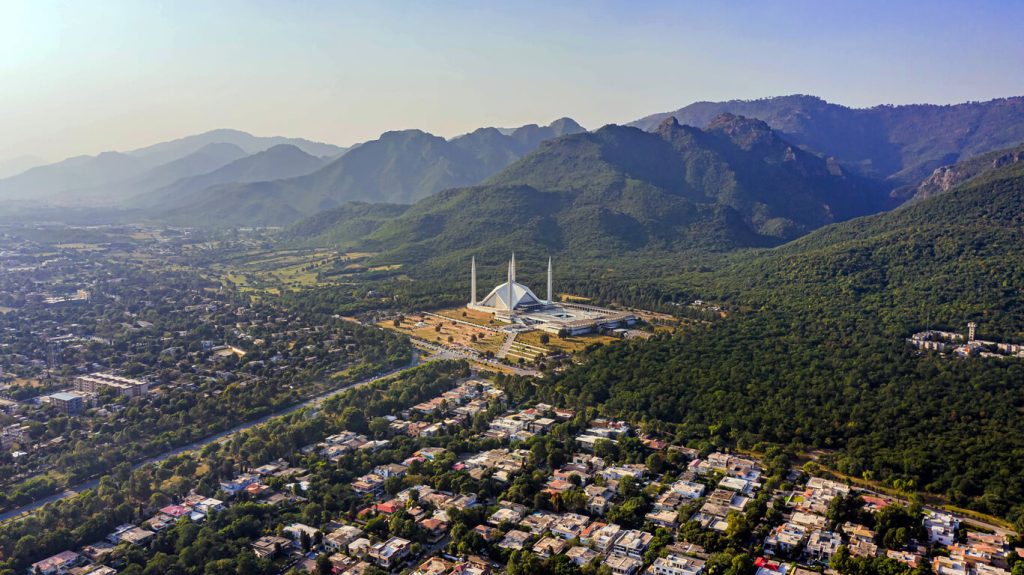
Apart from its already outlined roles, the CDA acts as a regulatory authority that establishes and enforces building code standards, environmental standards, and public safety standards. This regulatory function ensures that construction projects adhere to quality and safety measures.
The CDA also assumes maintenance responsibilities, including local road maintenance and repair work, as well as the upkeep of public infrastructure. This comprehensive approach contributes to the city’s efficient functioning and aesthetics.
Additionally, the CDA is involved in garbage collection, an essential service for maintaining the cleanliness and hygiene of the city. The authority manages waste disposal and strives to implement eco-friendly waste management practices.
Urban Planning and Infrastructure
Central to the CDA’s responsibilities are urban planning and infrastructure development. This encompasses the creation of road networks, provision of utility services, and establishment of public transportation systems that cater to the needs of the city’s residents.
Residential Sectors and Commercial Areas
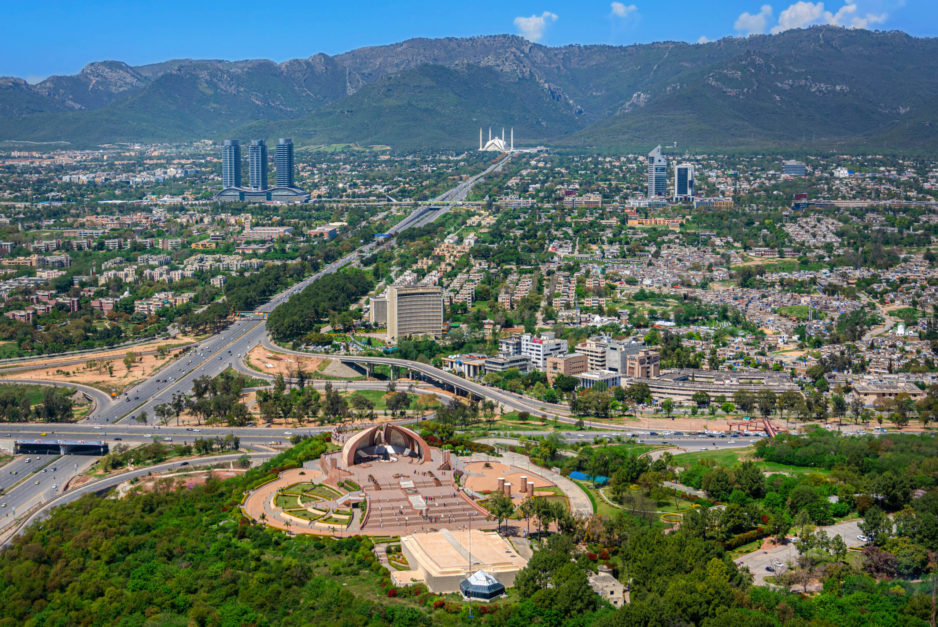
The CDA’s role extends to the development of residential sectors and commercial areas. These areas are thoughtfully designed to offer residents organised and convenient living spaces. The authority ensures that these sectors are equipped with essential amenities, schools, healthcare facilities, and commercial centres.
Parks, Recreation, and Green Spaces
The beauty of Islamabad owes much to the CDA’s commitment to greenery, open spaces, and parks in Islamabad. The organisation has created a multitude of parks, such as F-9 Park and Shakarparian Park, which enhance the city’s aesthetics and provide its residents with areas for leisure and relaxation.
Land Acquisition and Development Regulations
The CDA exercises control over land acquisition and development regulations. This means ensuring that land is acquired and utilised according to city plans, avoiding irregularities and unauthorised constructions. This approach is crucial for maintaining a balance between development and sustainability.
Wings & Directorates of the Capital Development Authority (CDA)
The CDA operates through various wings and directorates, each specialising in specific aspects of city development:
- Chairman Secretariat: This wing is responsible for overseeing the overall functioning of the CDA and ensuring effective coordination among its various wings.
- Administration Wing: The administration wing handles human resource management, recruitment, and day-to-day administrative tasks of the authority.
- Estate Wing: Responsible for the management and development of land, including the allocation of plots and properties in residential and commercial sectors.
- Engineering Wing: The engineering wing oversees the design, construction, and maintenance of infrastructure projects, including roads, bridges, and public buildings.
- Finance Wing: This wing manages the financial affairs of the CDA, including budgeting, financial planning, and fund allocation for various development projects.
- Planning & Design Wing: Responsible for formulating master plans, zoning regulations, and urban development strategies to ensure the city’s planned growth.
- Environment Wing: This wing focuses on environmental preservation, monitoring pollution levels, and implementing initiatives for a greener and more sustainable city.
Nurturing Excellence: CDA Training Academy (CTA)

In the midst of its urban transformation efforts, the Capital Development Authority (CDA) places a spotlight on its workforce. The CDA Training Academy (CTA) stands as a beacon of knowledge, dedicated to upskilling and empowering its employees. Through comprehensive training, the academy fosters continuous growth and excellence.
Vision of the Academy: Advancing Knowledge and Performance
The CTA envisions providing unparalleled training to CDA employees, elevating professional performance standards. Carefully designed training programs with specific objectives ensure relevance and credibility, sourced from reputable professional channels.
Future Plans and Expertise Elevations
The CTA is set on a path of impactful evolution. Collaborations with universities for degree and diploma programs are envisioned to enhance qualifications and broaden horizons. Offerings like MBA (Management) and MBA (Project Management) will equip employees with advanced skills to navigate complex challenges and projects. The CDA Training Academy (CTA) not only shapes the city but also moulds a skilled workforce poised to shape its future.
Capital Development Authority (CDA) Model School

In keeping with its commitment to advancing education and nurturing young minds, the CDA established the CDA Model School in I-9, Islamabad. This initiative stemmed from the need to provide quality schooling facilities to the children of Islamabad, utilising modern teaching techniques.
Founded in March 1986, the CDA Model School initially encompassed Nursery to ClassII. Each subsequent year witnessed the addition of an upper class. Presently, the school offers education up to the Matriculation level. While the junior section (up to class V) caters to both boys and girls, the senior section (up to class X) is exclusively for girls.
CDA Model School Facilities
- Classrooms: The classrooms are spacious, well-decorated, and equipped with amenities like heaters and room coolers.
- Labs: The school houses three well-equipped labs for students:
- Science Lab: Equipped with necessary apparatus for Physics, Chemistry, and Biology experiments.
- Home Economics Lab: Furnished with cooking ranges, a refrigerator, a deep-freezer, a microwave oven, sewing machines, and more for practicals.
- Computer Lab: A fully air-conditioned lab featuring 20 P-IV workstations with the latest software, a laser printer, scanner, CD-Writer, DVD ROM, and high-speed internet connectivity for research.
- Library: The library houses a collection of books, magazines, daily newspapers, and different magazines to support academics and general knowledge improvement.
- Sports: The school offers sports like badminton, baseball, shot-put, javelin, and discus throw to promote physical activity.
- Health Facilities: First aid services are available on-site for minor emergencies, with serious cases referred to CDA Hospital. Medical check-ups are conducted annually, and reports are shared with parents.
- Transport: School buses serve the twin cities, providing pick-up and drop-off services for students at nominal rates.
- Canteen: An amiable canteen provides refreshments at subsidised rates to students and faculty.
- Auditorium: A well-decorated, air-conditioned auditorium that hosts various curricular and co-curricular activities.
Challenges and Future Initiatives of CDA
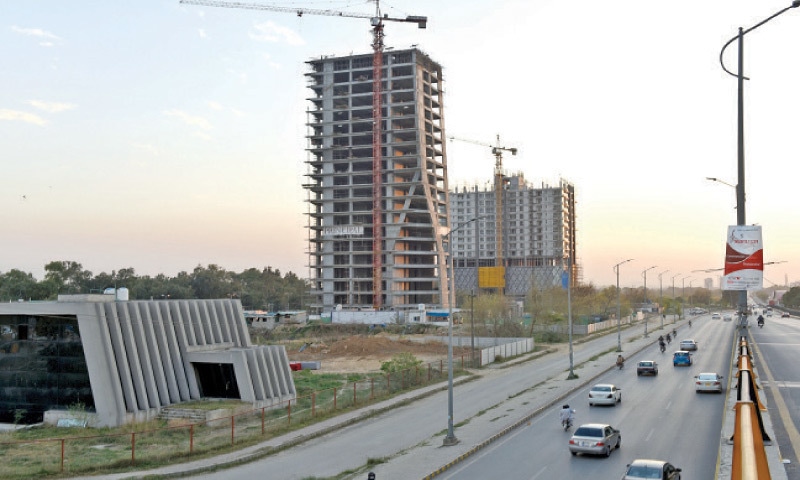
The Capital Development Authority (CDA) operates in a dynamic urban landscape, addressing various challenges while envisioning a future of innovation and progress. These challenges pave the way for strategic initiatives that aim to elevate Islamabad’s status as a well-planned and sustainable capital city.
Current Challenges to Capital Development Authority (CDA)
- Rapid Urbanisation: Islamabad’s growing population and urban sprawl demand effective infrastructure development and resource management.
- Traffic Congestion: The city’s expanding road networks require continuous upgrades to mitigate traffic congestion and ensure smooth mobility.
- Waste Management: As urbanisation increases, waste management systems need enhancement to maintain cleanliness and environmental health.
Future Initiatives of Capital Development Authority (CDA)
- Public Transportation Enhancement: The CDA plans to expand and improve public transportation to offer efficient mobility options and reduce traffic congestion.
- Smart City Integration: By incorporating technology and data-driven solutions, Islamabad aims to become a smart city, enhancing services and quality of life.
- Green Initiatives: The CDA envisions more green spaces, parks, and sustainable urban designs to balance development with ecological preservation.
Through addressing challenges and pursuing forward-looking initiatives, the CDA is committed to crafting a future where Islamabad thrives as a model capital city.
Contact Information
| Contact Information | Social Handles |
|---|---|
| Address: | Capital Development Authority, G-7/4, Islamabad, Pakistan |
| Phone: | +92 51 9252614 |
| Email: | info@cda.gov.pk |
| Website: | Capital Development Authority |
| Facebook: | CDAPakistan |
| Twitter: | CDA_Islamabad |
| LinkedIn: | Capital Development Authority |
| Instagram: | cda_islamabad |
Conclusion
In the grand tale of city-building, the Capital Development Authority (CDA) emerges as the guiding hand behind Islamabad’s growth. From the city’s inception to its vibrant present, the CDA’s commitment to smart planning, sustainability, and high quality of life has woven a city that marries functionality, beauty, and eco-friendliness.
As Islamabad rises as a symbol of progress and modern living, the CDA’s legacy remains—an embodiment of how foresight and hard work can shape not just a city, but also a promising future.
Frequently Asked Questions
What are the key responsibilities of the CDA in Islamabad?
The CDA serves as a regulatory authority, enforces building codes and environmental standards, undertakes maintenance tasks, manages garbage collection, and plans for the city’s expansion.
What is the CDA’s role in urban planning and development?
The CDA is responsible for developing infrastructure, residential sectors, and commercial areas, along with creating parks, green spaces, and maintaining land acquisition regulations.
What challenges does the CDA face?
The CDA faces challenges like rapid urbanisation and waste management. It tackles these issues through innovative solutions and future-focused initiatives.
How does the CDA contribute to Islamabad’s aesthetics?
The CDA creates and maintains green spaces, parks, and well-planned sectors, enhancing the city’s beauty and offering recreational spots for residents.
What is the future outlook for the CDA’s initiatives?
The CDA’s future initiatives encompass expanding public transportation, implementing waste recycling programs, and integrating smart city technologies to improve urban living.
For more information, visit Graana Blog.
